The Threat of Free Software: A Quarter Century Ago, Microsoft Acknowledged the Potential Impact

Introduction:
It has been 25 years since the release of leaked internal memos from Microsoft that raised concerns about the threat of free software to the company’s market dominance. The New York Times reported on the warning issued by Microsoft’s top executives regarding the growing popularity of free programs and their potential to rival commercial software. This article delves into the significance of these memos, the recognition by Microsoft of the quality and credibility of the free software movement, and the long-lasting impact of the documents on the tech industry.
Title 1: The New York Times Exposes Microsoft’s Concerns About Free Software
The New York Times reveals the contents of internal memos that highlighted Microsoft’s deep concern about the rising popularity and quality of free software. The memos acknowledge the potential of free programs to rival commercial software. This article explores the implications of the memos and their foresight in foreseeing the impact of the free software movement on the tech industry.
Title 2: Free Software: A Long-Term Credible Threat
The leaked memo acknowledges free software as a credible long-term threat to Microsoft’s dominance. It emphasizes that the traditional marketing strategy employed by Microsoft, known as “FUD” (fear, uncertainty, and doubt), would not succeed against free software developers. This article delves into the reasons behind Microsoft’s recognition of the potential danger and the challenges they faced in combatting the open-source movement.
Title 3: Linux Emerges as a Dominant Force
The leaked memorandum also expresses Microsoft’s concern regarding Linux’s rapid ascent as the dominant version of Unix for computers powered by Intel microprocessors. This article explores the implications of Microsoft’s unease and the subsequent impact it had on the competitive landscape of the tech industry.
The memo reveals that the competitive issues go beyond the price tag of free software. It addresses the open-source software movement, which encourages collaboration and rapid development by making the source code readily available. This article examines the advantages of the open-source model and how it mobilizes programmers worldwide, highlighting the memo’s acknowledgment of the collective intellectual prowess of thousands of individuals across the Internet.
Another leaked memo focuses on Microsoft’s contemplation of slowing the open-source development of Linux through legal battles. It raises the idea that patents and copyright could potentially be used to interfere with Linux’s momentum. This article delves into the potential implications and ethical considerations surrounding Microsoft’s suggestion.
Eric Raymond’s preservation of the leaked Microsoft memos, known as “the Halloween documents,” serves as a reminder of their significance 25 years later. This article reflects on the lasting impact of the memos, their contribution to the prominence of Linux and open-source software, and their place in the history of the tech industry.
Conclusion:
The leaked internal memos from Microsoft, exposing concerns over the threat of free software, marked a pivotal moment in the tech industry. They highlighted the recognition of the quality and credibility of the open-source movement and the potential impact it could have on market dynamics. Twenty-five years later, these memos continue to offer valuable insights into the evolution of software development, collaboration, and competition in the digital age.




